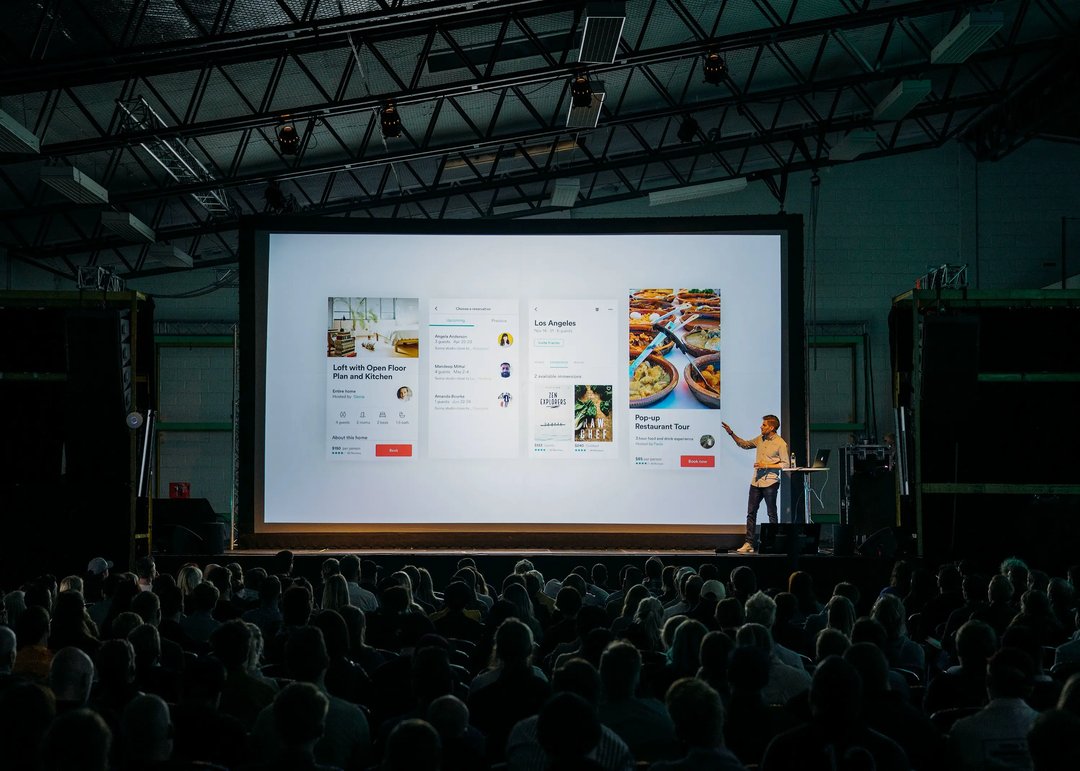
Maria Chojnowska
3 January 2024, 5 min read

What's inside
- 9 Best Python Natural Language Processing (NLP) Libraries
- How Do I Make an AI with Python in Eight Steps?
- Articles Comparing FastAPI
- How to Use Elasticsearch with Django?
- Where to Put Business Logic in Django?
- Styled Components: Conditional Styles with TypeScript
- Which Is Better: Context API or Redux Slices, and RTK Query?
- Flux and Redux: Differences
- Python for Game Dev: Is It a Good or Bad Idea?
- Conclusion
Welcome to our special feature, “From Our Blog to Your Screen: Top 10 Posts of 2023", – a carefully curated selection of our most insightful, engaging, and popular articles. As the year unfolds, these posts represent the pinnacle of what technology and programming enthusiasts found invaluable.
From in-depth comparisons to practical guides, each post has been chosen for its relevance and the value it has brought to our readers. Whether you're diving into AI with Python or exploring the nuances of Django, these posts will ignite your curiosity and enhance your tech toolkit.
So, sit back, get comfortable, and delve into these top 10 treasures that have resonated most with our community in 2023.
9 Best Python Natural Language Processing (NLP) Libraries
Explore the Python Ecosystem: Discover how Python is a beacon of hope for NLP enthusiasts. With an active community and many libraries like NLTK, TextBlob, and Hugging Face transformer, Python offers a versatile toolkit for various NLP tasks. Dive into each library's potential and see practical examples in action.
Highlights:
- Python's vibrant community and extensive resources.
- Nine widely used and maintained libraries.
- Real-world applications for tasks like sentiment analysis and topic modeling.
Read the full article: 9 Best Python Natural Language Processing (NLP) Libraries.
How Do I Make an AI with Python in Eight Steps?
Your AI Journey Begins Here: Authored by Maria Chojnowska, this step-by-step guide demystifies creating an AI with Python. Understand the basics, get inspired by project examples, and navigate through the eight steps of AI development from ideation to deployment.
Highlights:
- The transformative power of AI and Python's role.
- A detailed, step-by-step guide from defining problems to refining models.
Explore the detailed guide: How Do I Make an AI with Python in Eight Steps?
Articles Comparing FastAPI
FastAPI vs. The World: 2023 piqued your interest in FastAPI, and rightfully so! Compare it with Django and DRF across various parameters like performance, ease of use, and community support. Understand why FastAPI is becoming the go-to choice for API-first applications.
Feature Comparison:
- Performance insights and ease of use.
- Code readability and documentation quality.
- Community support and framework suitability.
Read our comparative analysis :
Django vs. FastAPI: A Detailed Comparison
DRF vs. FastAPI: Detailed Comparison
How to Use Elasticsearch with Django?
Unleashing Search Capabilities: Patryk Młynarek explores the integration of Elasticsearch with Django, demonstrating how to enhance search functionalities in your projects. Discover the power of Elasticsearch and learn how to harness it using the Django Elasticsearch DSL package.
Highlights:
- The robust features of Elasticsearch.
- Integrating and utilizing Django Elasticsearch DSL.
- Enhancing your project with full-text search and real-time updates.
Learn more: How to Use Elasticsearch with Django?
Where to Put Business Logic in Django?
Decoding Django's Best Practices: Michał Nakoneczny breaks down four strategies for integrating business logic into Django projects. Whether you prefer fat models or lean services, understand the trade-offs and best practices for efficient and maintainable code.
Approaches Explored:
- Fat models and their impact on DRY principles.
- The implications of integrating business logic into views/forms.
- The benefits of using services for a cleaner architecture.
- Optimizing database queries with querysets/managers.
Discover best practices: Where to Put Business Logic in Django?
Styled Components: Conditional Styles with TypeScript
Elevate Your React Styling: Unpack the power of Styled-Components in your React applications. This article delves into how you can use TypeScript to bring conditional styling and dynamic themes to life, enhancing both the developer experience and the end-user interface.
Key Features:
- Writing dynamic styles with JavaScript logic.
- Isolating styles for component integrity.
- Leveraging advanced features for efficient styling.
Learn the art of styling: Styled Components: Conditional Styles with TypeScript.
Which Is Better: Context API or Redux Slices, and RTK Query?
State Management Uncovered: Navigate the nuanced landscape of state management in React. This comprehensive guide compares Redux Toolkit, Context API, and React Query, helping you choose the right tool for your application's needs.
Highlights:
- Comparative analysis of Redux Toolkit and Context API.
- The role of React Query in data fetching.
- Tailored recommendations based on application size and complexity.
Choose your state management tool: Which Is Better: Context API or Redux Slices, and RTK Query?
Flux and Redux: Differences
Frontend Architecture Decoded: Dive into the distinctions between Flux and Redux, understanding their core principles and how they influence modern frontend development. This article helps demystify these approaches and guides you to the right choice for your projects.
Comparison Points:
- Store management in Flux vs. Redux.
- The role of dispatchers and reducers.
- Debugging approaches and real-world applicability.
Understand architectural differences: Flux and Redux: Differences.
Python for Game Dev: Is It a Good or Bad Idea?
Exploring Python's Gaming Edge: Assess the viability of Python in game development. This article contrasts Python's ease of use and rapid prototyping capabilities with the performance demands of modern gaming, offering a balanced view for aspiring game developers.
Considerations:
- Python's performance in game development scenarios.
- The simplicity and rapid prototyping benefits of Python.
- Key libraries and tools like Pygame and Panda3D.
- Cross-platform development with Kivy.
Weigh in on the debate: Python for Game Dev: Is It a Good or Bad Idea?
Conclusion
As we wrap up our journey through the top 10 posts of 2023, we hope you've found inspiration, knowledge, and tools to enhance your tech endeavors. These articles represent the collective curiosity and innovation of our community. We invite you to explore each post, experiment with the technologies discussed, and share your experiences. Contact us and continue the journey of learning and discovery.
Remember, technology is constantly evolving, and so is our content. Keep an eye out for our upcoming features and dive deeper into the world of technology with us. Until then, happy reading and coding!


